Is the storage of breastmilk in the fridge worrying you? If so, this blog post is for you.
DISCLOSURE This post may contain affiliate links, meaning if you decide to make a purchase via my links, I will earn a commission at no extra cost to you. As an Amazon Associate I earn from qualifying purchases. Thank you for your support.
Disclaimer: The information provided in this blog post is for educational purposes only and should not be used as a substitute for professional medical advice, diagnosis, or treatment. Always seek the guidance of your pediatrician or qualified healthcare provider with any questions you may have regarding your child’s health. If you think your child may have a medical emergency, call your doctor or emergency services immediately. Read our full Medical Disclaimer here.
You have one of the most precious things as a nursing mother: your breastmilk, which is referred to as liquid gold. This liquid nutrition provides your child with a wealth of antibodies and immune-boosting qualities, as well as essential minerals. It’s not always feasible for you to nurse your infant directly at every feeding session due to the pressures of modern life. To keep your liquid gold safe and fresh for your priceless baby, it’s important to store breastmilk properly.
You might also like to read our post about Breastfed Babies Weight Gain: A Guide for Concerned Parents.
In this blog post, we will provide detailed information and assurance on how to store breastmilk in the refrigerator for a successful and easeful breastfeeding experience.
Breastmilk in Fridge: Comprehending Breastmilk Storage Recommendations
It’s important to comprehend the general recommendations for breastmilk storage before we get into the intricacies of fridge storage. Leading health organizations, including the American Academy of Pediatrics (AAP) and the Centers for Disease Control and Prevention (CDC), have recommended changes to these standards.
- You can store freshly expressed breastmilk at room temperature (up to 77°F or 25°C) for up to 4 hours.
- You can store breastmilk in the refrigerator for up to 4 days.
- You can store frozen breastmilk in the freezer compartment of a refrigerator for up to 6 months, or in a deep freezer for up to 12 months.
These recommendations are based on ideal storage circumstances being remembered as crucial. Factors such as the cleanliness of your milk collection and storage containers, the refrigerator temperature stability, and others can cause changes to the recommendations.
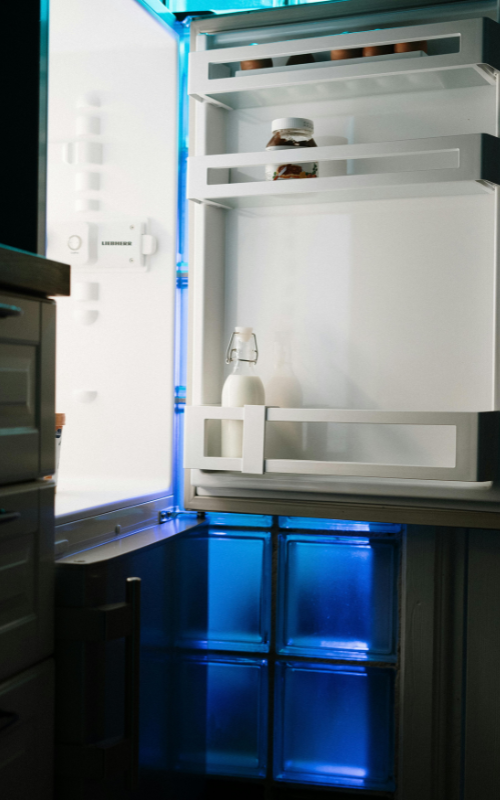
Breastmilk in Fridge: Getting Ready to Store the Fridge
To maintain maximum freshness and safety, you must take a few precautions before putting your breastmilk in the refrigerator:
- Make use of clean containers: Invest in premium, food-grade containers made especially to store breastmilk. Glass or plastic containers made without BPA are great choices. Ensure that they are sterile before usage.
- Date and label: Make sure to prominently display the time and date of expression on each container. By doing this, you can monitor the freshness and make sure the oldest milk is used first.
- Let the milk cool: After expressing fresh breastmilk, allow it to reach room temperature before storing it in the refrigerator. This lessens the chance of temperature changes compromising the milk’s quality.
- Store at the back: You should put your breastmilk containers in the rear of the refrigeration area. It is the coldest and most consistent spot. Keep them out of the door. The temperature on the door varies more than elsewhere.
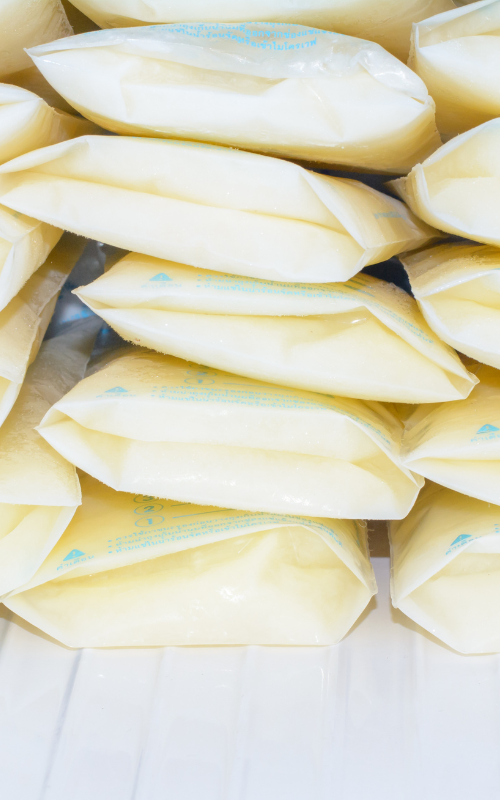
Keep the Fridge as Fresh as Possible
There are a few more things you can do after putting your breastmilk in the refrigerator to guarantee optimal freshness and reduce the chance of spoiling:
- Keep an eye on the temperature in the refrigerator: 32°F to 39°F (0°C to 3.9°C) is the recommended range of temperatures for storing breastmilk. Use a fridge thermometer to check the temperature and make any adjustments.
- Avoid temperature fluctuations: To prevent temperature variations, limit the number of times you open and close the refrigerator door. That might affect the quality of the milk.
- Rotate your stash: When adding more breastmilk, place the older containers at the back of the refrigerator and put the newer ones nearer the front. This procedure, called “first in, first out,” keeps milk from going bad before it can be used.
- Combine with caution: Transfer cooler milk to warmer milk, not the other way around, when blending breastmilk from separate pumping sessions. This inhibits the growth of microorganisms.
- Avoid reheating in the microwave: When using breastmilk that has been stored, don’t heat it in the microwave. Hot spots created by microwaves can destroy the nutrients and antibodies in milk. Alternatively, submerge the container in a bowl with warm water or use a bottle warmer to heat the milk.
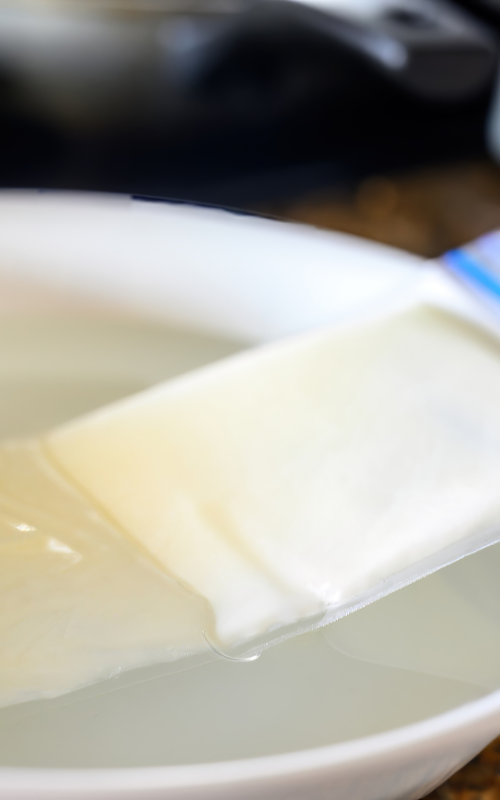
Troubleshooting and Safety Concerns
You can use handling and storage techniques to help your breastmilk last longer, but there may be instances when the milk becomes contaminated or unsuitable for human consumption. The following are some crucial indicators to be aware of:
- Sour smell: If breastmilk smells sour or rancid, it is best to discard it as this may indicate deterioration or bacterial growth.
- Separation: Breastmilk typically separates into layers, with the fatty cream rising to the top. This is normal. However, it’s recommended to err on the side of caution and throw out the milk if you see any strange chunky or stringy textures.
- Discoloration: The color of your fresh breastmilk can range from bluish-white to yellowish. It is affected by your diet and other variables. If you observe any greenish, pinkish, or other strange discoloration in milk, it’s best to discard it. Always seek advice from a lactation consultant or healthcare practitioner.
Remember, when in doubt, throw it out. The health and safety of your child should always come first.
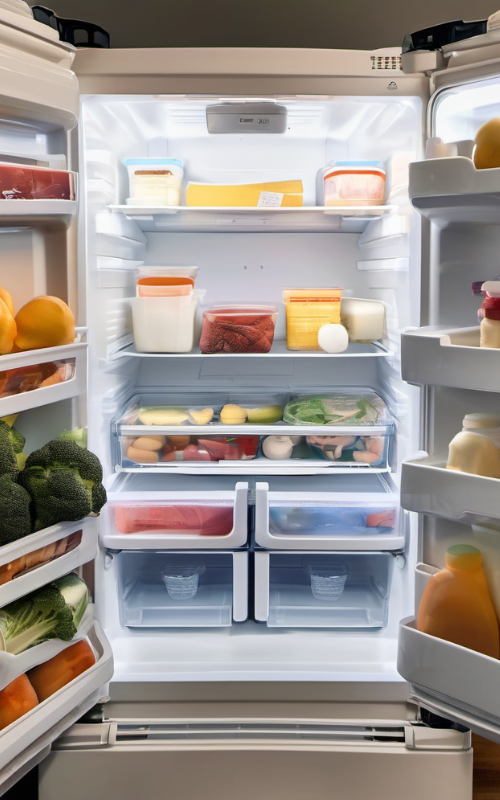
Seeking Support and Guidance
New mothers may find it very confusing to navigate the world of breastmilk storage. Be bold and approach lactation consultants, medical experts, and other experienced breastfeeding moms in your neighborhood for advice and support when needed.
Hospitals and other healthcare facilities frequently offer breastfeeding support groups and workshops. These programs offer helpful information and resources on appropriate breastmilk storage practices, troubleshooting, and general breastfeeding support.
Furthermore, you can also connect with other nursing mothers. Exchange stories and benefit from their collective wisdom in many breastfeeding-focused online forums and communities.

Breastmilk in Fridge: Embrace the Journey
Although it can be a lovely and fulfilling adventure, breastfeeding can sometimes present difficulties and unknowns. Gaining proficiency in storing breastmilk in the refrigerator will enable you to handle this transition with assurance and comfort.
Keep in mind that each drop of your liquid gold is valuable, and by storing it according to the right procedures, you’re giving your child the nutrition and immune-system-boosting advantages they require to grow and thrive.
So inhale deeply, follow your gut, and welcome this amazing sensation wholeheartedly. Mama, if you have the correct information and assistance, you can succeed!

Conclusion
This post was all about breastmilk in the fridge. It’s important to keep in mind that appropriate breastmilk storage is a crucial parenting tool as you traverse the amazing journey of nursing. You can be sure that your liquid gold maintains its powerful nutritional qualities and gives your child the best start in life by adhering to the instructions provided in this post and being watchful about freshness and safety.
Accept the difficulties, rejoice in your victories, and remember that each drop of breastmilk you give your child is a priceless gift that not only nourishes their body but also the unbreakable link that unites you both. Mama, you’re strong, you have perseverance, a community that will support you, and determination. Treasure these little moments, as they serve as the foundation for priceless memories that will endure a lifetime.

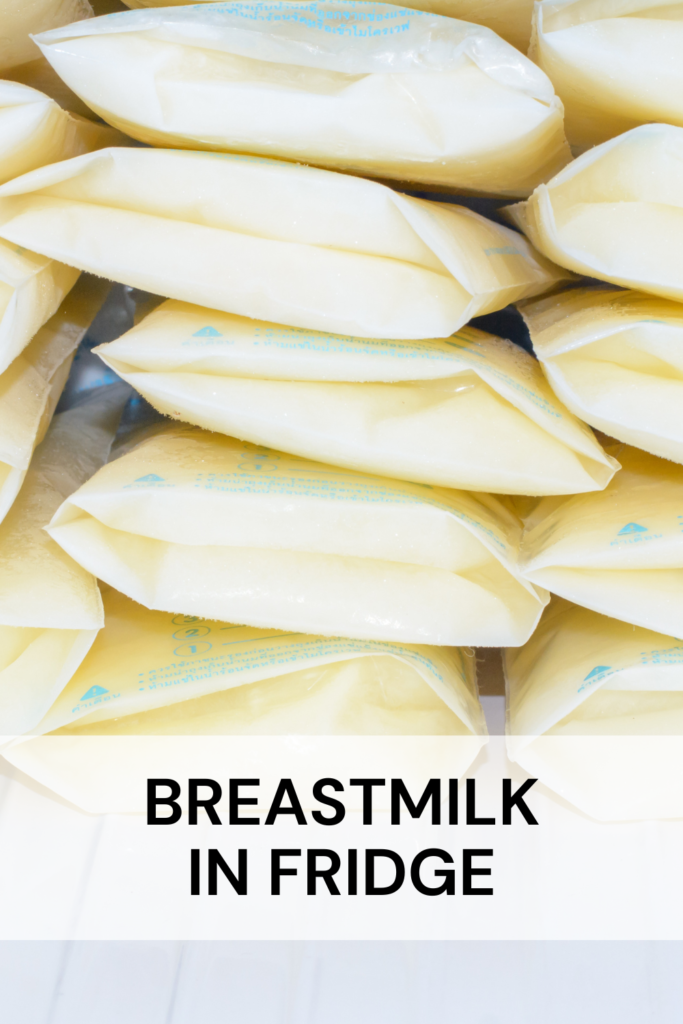





Leave a Reply